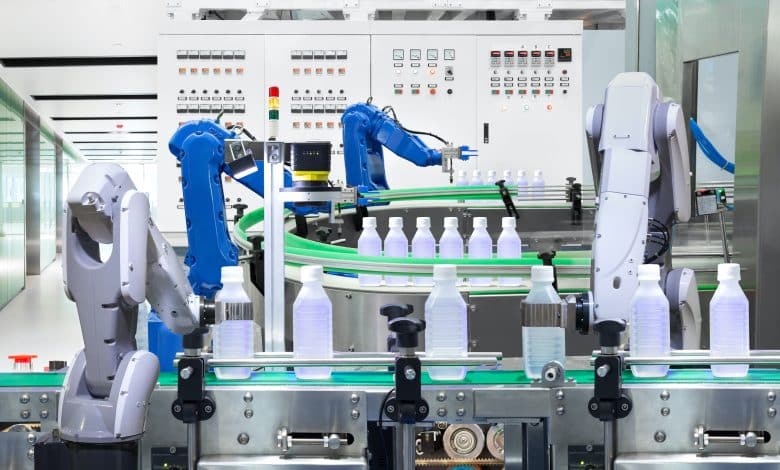Ads
In the age of ever-evolving technology, one term has gained notoriety and generated much debate: planned obsolescence. Is it simply a myth or a palpable reality in today's technological environment? In this in-depth analysis, we'll unravel this question, exploring its deeper aspects and implications for our digital society.
Planned obsolescence refers to the idea that technology manufacturers deliberately design their products to become obsolete or stop working after a certain period of time, forcing consumers to buy newer versions. But is this a legitimate business strategy or an unfounded conspiracy theory? We'll delve into the evidence, studies, and anecdotes to offer a balanced perspective.
Ads
We'll also explore how planned obsolescence affects not only our purchasing decisions, but also the environment and the economy in general. We'll explore notable examples, potential solutions, and the role consumers play in this phenomenon. Prepare for a fascinating journey through the intersection of technology, economics, and sustainability.
What is planned obsolescence?

Ads
Planned obsolescence is a concept that has been floating around the tech industry for decades. Essentially, it's the idea that manufacturers deliberately design their products to stop working after a certain period of time, forcing consumers to buy replacements or upgrades.
A classic example of planned obsolescence is the mobile phone. Many users have experienced their phones becoming slower over the years, to the point where they can no longer support the latest software updates.
Evidence of planned obsolescence
There are some indications that planned obsolescence is a real practice. Technology companies often release new versions of their products regularly, each with new features that are often incompatible with previous versions. This can make older products appear obsolete, even though they actually still work perfectly.
Additionally, some companies have been caught deliberately slowing down their products' performance. In 2017, Apple admitted it had slowed down older iPhones through software updates, supposedly to preserve battery life.
Another example of planned obsolescence can be seen in the household appliance industry, where many modern devices have a considerably shorter lifespan than their older counterparts. Printers, for example, have been accused of including chips that block their operation after a certain number of prints, forcing users to purchase a new device or undergo costly repairs. In the fashion sector, the "fast fashion" phenomenon also promotes the rapid replacement of garments. Although some governments have begun to legislate against these practices, consumer pressure remains key to demanding more durable and sustainable products.
Is planned obsolescence a myth?
Despite the evidence, some argue that planned obsolescence is more myth than reality. They argue that the rapid advancement of technology and constant consumer demand for the latest innovations are the real culprits behind the short lifespans of technological products.

The role of consumerism
Consumerism plays an important role in the perception of planned obsolescence. We live in a society where novelty is valued and age is often disdained. This incentivizes manufacturers to constantly produce new models and consumers to discard old ones, even if they still work well.
Impact of planned obsolescence
Planned obsolescence has serious implications for both consumers and the environment. For consumers, it can be costly to have to replace devices frequently. Furthermore, they often feel cheated when they discover their devices have been designed to have a limited lifespan.
From an environmental perspective, planned obsolescence contributes to the growing mountain of e-waste. According to the UN, 50 million tons of e-waste are generated each year, and this number is constantly increasing.
Possible solutions
There are several ways to combat planned obsolescence. One of them is the so-called "circular economy," which advocates designing products that are easy to repair, upgrade, and recycle. Some companies are also exploring business models based on rental or sharing, rather than product sales.
- Legislation: Some countries are beginning to introduce laws requiring manufacturers to make their products more durable and repairable.
- Consumer education: Consumers can play an important role by demanding more sustainable products and resisting the temptation to always buy the latest and greatest.
- Technological innovation: More efficient and durable technologies can help extend the lifespan of products.
Ultimately, planned obsolescence is a complex issue with many nuances. It's important for both manufacturers and consumers to be aware of its implications and work together to find sustainable solutions.
Conclusion
In conclusion, planned obsolescence is a complex and multifaceted phenomenon that persists in the technology industry. While there are signs of its existence, such as the deliberate slowdown of devices or the incompatibility of features between product versions, it is also true that factors such as technological advancement and consumerism can contribute to the perception of obsolescence. The effects of this practice are worrying, ranging from the economic impact on consumers to the generation of electronic waste, which poses serious environmental challenges. However, not everything is bleak. Solutions to mitigate planned obsolescence are possible and are being explored, whether through the circular economy, legislation, consumer education, or technological innovation. It is imperative that both manufacturers and consumers become aware of this issue and work together to promote a more sustainable production and consumption model. Ultimately, planned obsolescence may be as much a myth as a reality, but the need for sustainable solutions in the age of technology is undeniable.



